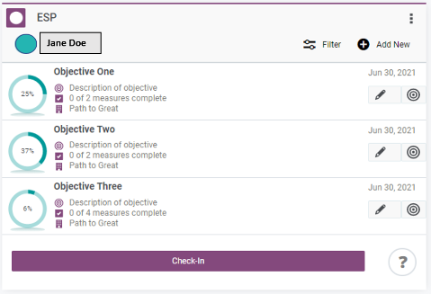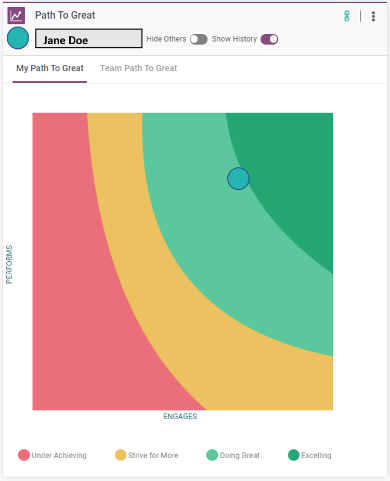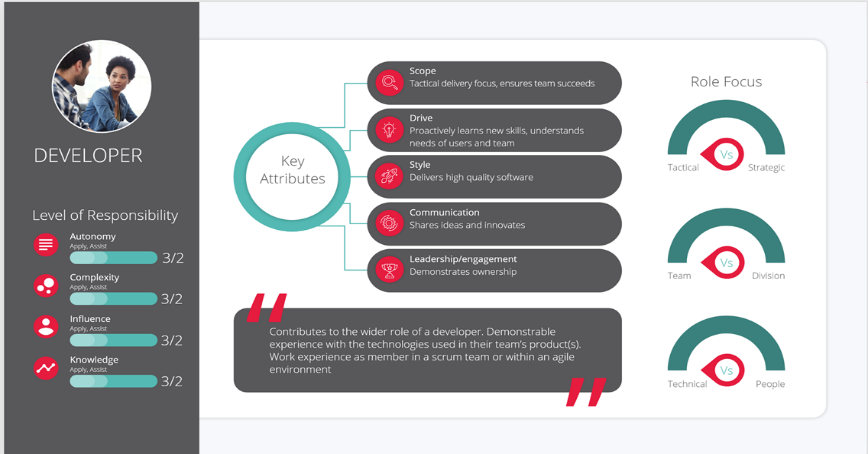
We asked our CTO Steve Lane what Access is doing to lead the way in making career development part of every day life.
What is expected of me in my role? What opportunities are there for me? What do I need to do to further my career?
"These are the important questions all of us have and they are a key part of our regular conversations with our managers and leaders at Access. So, to make it as easy as possible, we created tools to ensure these 1 to 1 conversations happen regularly. We use our career development apps "Employee Success Plans" (ESPs) and "Path to Great" apps, in addition to a clear career framework to support you in building a long lasting and engaging career with Access!"
Lets find out more about the tools we use.

We have developed the ESP app that sits on our platform "Access Workspace" and provides complete two-way transparency between our people and their manager.
The tool reflects what you are being measured against and shows clear progress against the objectives you've set.
Whilst we encourage regular communication, a quarterly conversation is essential to ensure progress, development and objectives are achieved.

The other tool we have is called "Path to great". This is where we talk about not just performance but also engagement.
Many leaders and managers have experienced working with someone who is a fantastic coder but is also temperamental to work with.
"Path to Great" helps structure the conversation with that person on how they work within the team.
How someone engages is important, it's as important as how well someone performs.
We often say: "You can't outperform a bad attitude!"
At Access we look at 5 key behaviours:
Curiosity,
Resilience,
Relating,
Flexibility and
Ownership.
And last but in no way least, our Career framework!
As part of our Career framework at Access, we have carefully defined each role in the Product Management, UX, Development and QA disciplines and specified what is expected of an individual at each level.
We talk about attributes such as autonomy, Complexity, Influence, Knowledge and Engagement rather than specific technical skills. Within Access, this allows for flexibility and then we describe the level we expect the individual to operate at.
Each role within the organisation chart is described in the same way so it becomes much easier to see if you are operating at the expected level in your current role and what you would need to demonstrate to get to the next level up or sideways.
The example role below, Developer, summarises the responsibilities, attributes and focus for the role.

.png)
